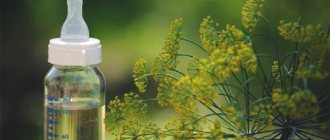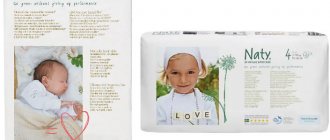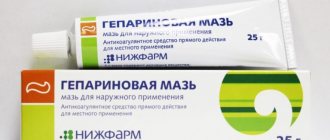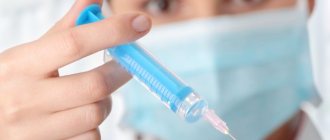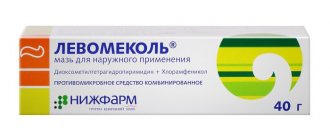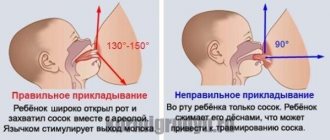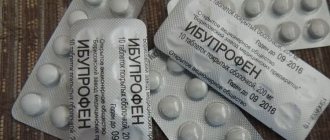The skin of a newborn baby is incredibly delicate and vulnerable, and therefore various rashes, diaper rash and peeling can occur on it under the influence of minimal irritants, for example: dry indoor air, a full diaper, etc. Any damage to the skin of a newborn must be treated without fail, since inaction is fraught with a deterioration in their condition and the development of more serious pathologies. In this article we will look at one of the best products for caring for a baby’s sensitive skin – the drug Bepanten. What indications does this drug have, in what form is it best to use it for newborns, what analogues does it have and what reviews do consumers leave about it - read on.
What is Bepanten and what is its composition
Surely, you have heard a lot of different information about this drug, because Bepanten is considered the No. 1 remedy in the fight against skin irritations, various dermatitis, redness, damage, burns and other skin ulcers.
One of its main advantages is that it contains absolutely no fragrances, dyes or flavors, and therefore is completely safe for the health of newborns and nursing mothers. What is included in this miraculous remedy?
"Panthenol"
This drug is available in the form of an ointment and an aerosol. Like Bepanten, analogues for newborns are based on dexpanthenol. B vitamins also speed up the process of restoration of damaged epidermis. Pantothenic acid, which is formed in tissues after application of the medicine, helps speed up the healing process of wounds, and also takes part in the formation of local immunity.
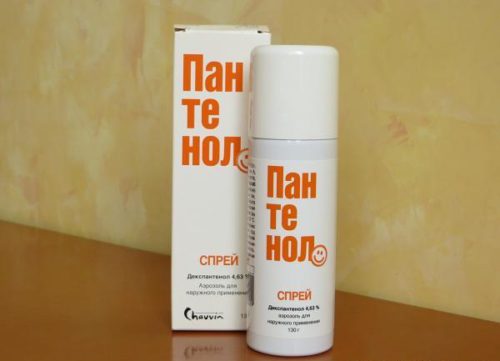
The product "Panthenol" can be used not only externally, but also orally. The medicine is used to treat diseases of the oral mucosa and respiratory tract. The ointment is widely used to treat diaper dermatitis in newborns and cracked nipples in nursing mothers. Aerosol "Panthenol" is an indispensable remedy for sunburn. This is evidenced by numerous positive reviews. The advantage is that the medicine has practically no contraindications, just like Bepanten. The medication should not be used orally for hemophilia and mechanical intestinal obstruction.
For diaper dermatitis, the ointment is applied to the damaged areas twice a day. To treat nipples, the drug is also used in the form of compresses twice a day.
Description of dosage forms
This drug has several dosage forms:
What is their difference, and in what situations is it better to choose one or another form of this drug?
Ointment
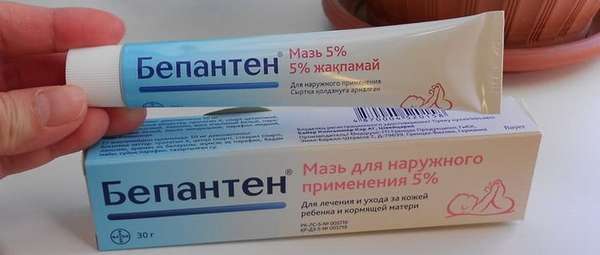
In appearance, the ointment is a soft, slightly greasy, pale yellow substance. Thanks to the paraffin, wax and nourishing oils it contains, it has an excellent healing effect. Bepanten ointment is suitable both for the treatment of diaper rash and diaper dermatitis in a newborn baby (as well as the restoration of other minor skin injuries), and for the healing of cracks in the mammary glands of nursing mothers.
Cream
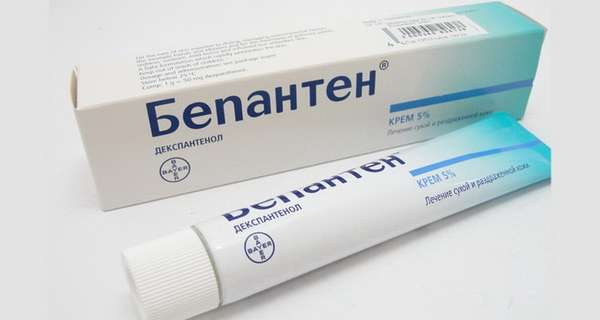
It has a lighter texture than ointment, so it is absorbed faster and does not leave a greasy residue. Bepanten cream has a more preventive effect, but is also suitable for caring for the skin of newborns and the mammary glands of nursing mothers.
Bepanten plus

Bepanten plus is presented in two dosage forms: spray and cream. If everything is more or less clear with the cream, then the spray, for example, is more convenient for treating burns and large wounds. The main difference between this drug with the prefix “plus” is that it contains chlorhexidine, and therefore it is used not only to treat the skin, but also to disinfect it in case of infection.
Lotion

Bepanten lotion contains two times less dexpanthenol than ointment or cream. This form of the drug is intended for treating large areas of the skin, for example, when it is dry or after a sunburn.
In what cases is the use of Dexpanthenol ointment indicated?
With various skin injuries, the need for pantothenic acid increases for recovery. In this case, this drug is used. It is well absorbed and converted into pantothenic acid.
The ointment penetrates deep into the skin and into the systemic bloodstream. The use of Dexpanthenol ointment may be required in the following cases:
- After mechanical injuries to the epidermis caused by external factors. Or during the healing process of wounds (for example, sutures).
- In case of burns of varying severity. Regardless of the nature of their origin (solar, chemical, etc.).
- If the skin condition worsens: increased dryness, inflammatory processes. Also from the influence of factors such as cold, wind, dampness.
- For healing cracks, scratches and abrasions.
- When caring for babies. The medication helps get rid of diaper rash and inflammation.
- For better engraftment of skin grafts.
- The composition of the ointment allows the medication to be used even in an area such as the nipples on the chest.
- The ointment helps in the treatment of bullous dermatitis, bedsores, trophic ulcers and boils.
Every woman should understand why Dexpanthenol ointment is used. You should not self-medicate using the drug without a doctor's prescription.
READ ALSO: Toenails peel and break: causes and how to deal with it?
Bepanten in the form of cream or ointment – which is better to choose for a newborn?
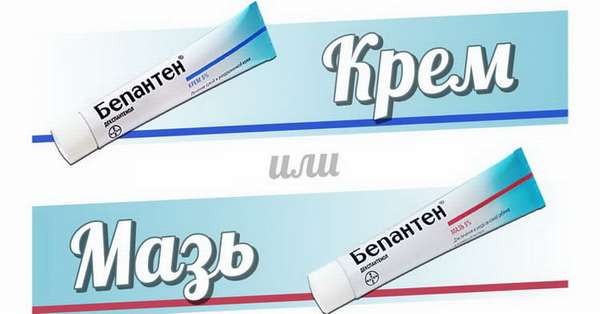
Both of these above forms are suitable for caring for the delicate skin of a newborn and treating any kind of damage to it. As a rule, the doctor prescribes the necessary dosage form for a newborn on a case-by-case basis.
We will just try to show you the differences between ointment and cream :
Use of the drug for newborns
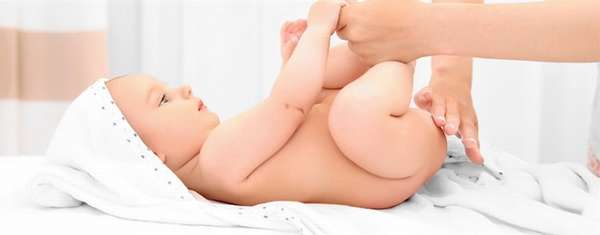
This drug is indicated for use in newborns, starting from the first days of their life. Bepanten is used for diaper rash, prickly heat, peeling, etc. in newborns. For example, it is advisable to apply the cream to the clean skin of a newborn under the diaper at each diaper change, and also regularly treat folds (groin folds, the area under the neck, back of the head, behind the ears and armpits) with it to prevent diaper rash. If there is any damage, the product in the form of an ointment or cream is applied to them in a thin layer twice a day.
Dexpanthenol - instructions
The drug is intended for external use. It is necessary to apply the ointment to the affected areas several times a day, depending on the doctor’s instructions, if any:
- When taking the drug orally, the dosage for adults is 200-400 mg daily. For children 100-300 mg.
- It is possible to administer the drug intravenously or intramuscularly . For this method, the dosage is 500 mg per day.
- The daily dose of lozenges is 200-600 mg.
- A solution is used to rinse the mouth. It can be concentrated or diluted with water in a 1:1 ratio.
- An undiluted solution is also suitable for inhalation.
- For external use, the remedy can be applied 2-4 times a day . Depends on the degree of damage to the skin.
- Women who use this product to treat nipples while breastfeeding should remove any residue from the skin before feeding. In other cases, the ointment does not need to be washed off. The medication is used in the form of a compress.
- When used for children, it is necessary to first prepare the inflamed skin. Rinse well and wipe dry. Only in this form is it ready to use the ointment.
- For infants, the drug is used regularly after washing or changing clothes.
The duration of treatment depends on the severity of the disease and the rate of skin recovery. Do not apply the medication to wet wounds. Before application, it is necessary to cleanse the skin. If there is an infection or severe inflammation, pre-treat with an antiseptic.
READ ALSO: What is liver tubing, and how to do it correctly at home?
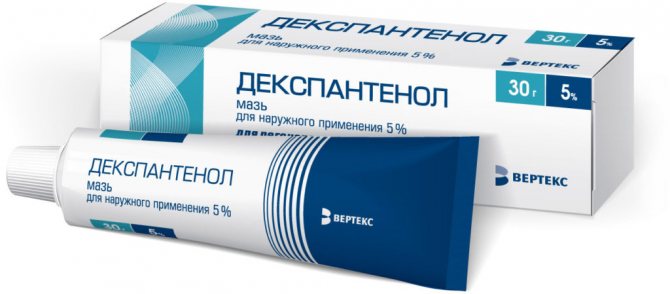
In the case of treatment of such serious diseases as trophic ulcers, medical supervision is necessary. If the medicine is not effective enough, the doctor will prescribe other medications.
Side effects from the use of the medication are extremely rare. If this happens, it manifests itself in the form of allergies or urticaria. A contraindication to the use of the drug may be hypersensitivity or intolerance to any component. Chronic renal failure in a patient requires special attention when taking the drug.
If another medication is used simultaneously with the drug on the same area of the skin, then time intervals must be maintained between their application. When using Succinylcholine, the medication can sometimes prolong its effect.
The drug is available in pharmacies without a prescription. Must be stored in a dark, dry place. At a temperature of no more than 25C and no less than 15. Shelf life is 2 years. After the expiration date, the medication is unsuitable for use.
special instructions
Of course, a newborn baby may also have an individual intolerance to the components of the drug, which can lead to the appearance of a rash, redness, itching, burning, etc. In such cases, use of the drug should be stopped. It is strictly prohibited to use Bepanten orally, to treat the mucous membranes of the eyes and ears. It is also not suitable for treating large, too deep, excessively dirty, puncture or biting wounds.
When used by nursing women to heal the nipples, the drug should be washed off immediately before feeding.
Reviews

Oksana: “Definitely a less effective drug for newborns than Sudocrem! I tried both. After Bepanten, the butt was still red, but after Sudocrem the redness instantly went away. In my opinion, the choice is obvious. And besides, the pricing policy is also not on Bepanten’s side.”
Lilia: “We use Bepanten not only for the baby, but also for the whole family. We have it for all occasions! It helps the child well: thanks to him, they have not encountered such a problem as diaper dermatitis. Many people think that its price is quite high, but the consumption is very economical!”
Alexandra: “Thanks to this product, I forgot about cracked nipples after just a few uses. And in the fight against diaper rash and heat rash in my baby, it turned out to be more effective than other, cheaper remedies.”
Victoria: “Well, just a universal remedy for all occasions! I use it for almost everything that concerns my skin! Cracked nipples, diaper rash on my bunny, cuts, calluses, dry hands and heels, chapped lips, burns - Bepanten helps 100% with all of this.”
Irina: “This diaper rash cream didn’t help us at all, and in my opinion, it made the problem even worse. So, this is an individual matter.”


